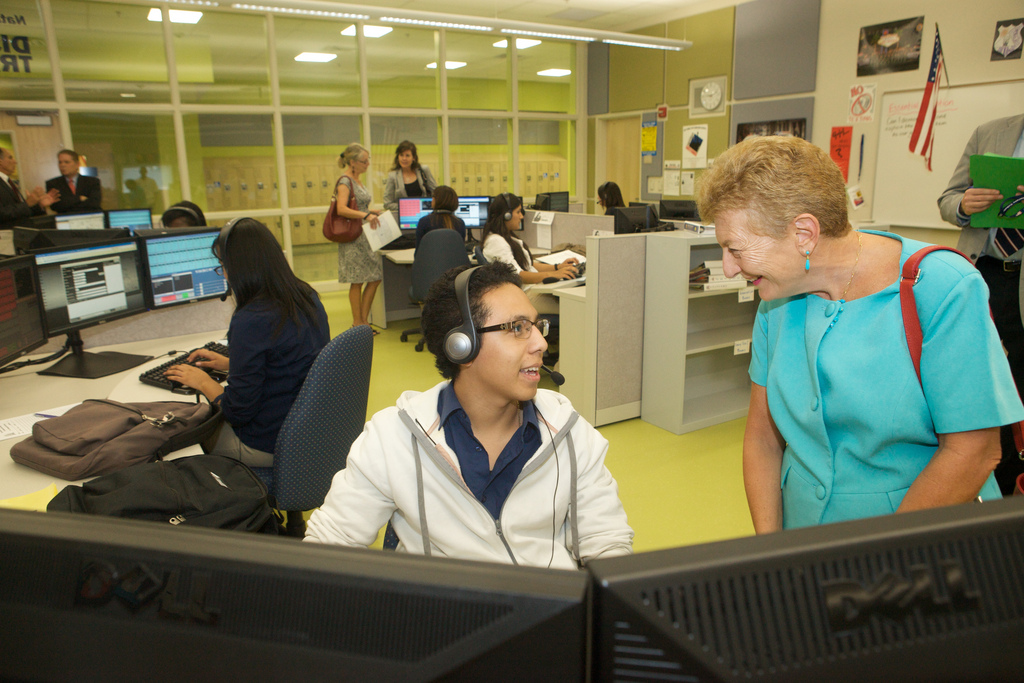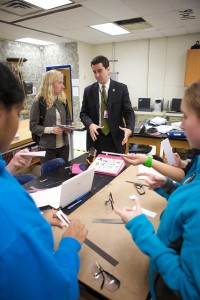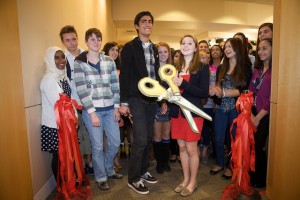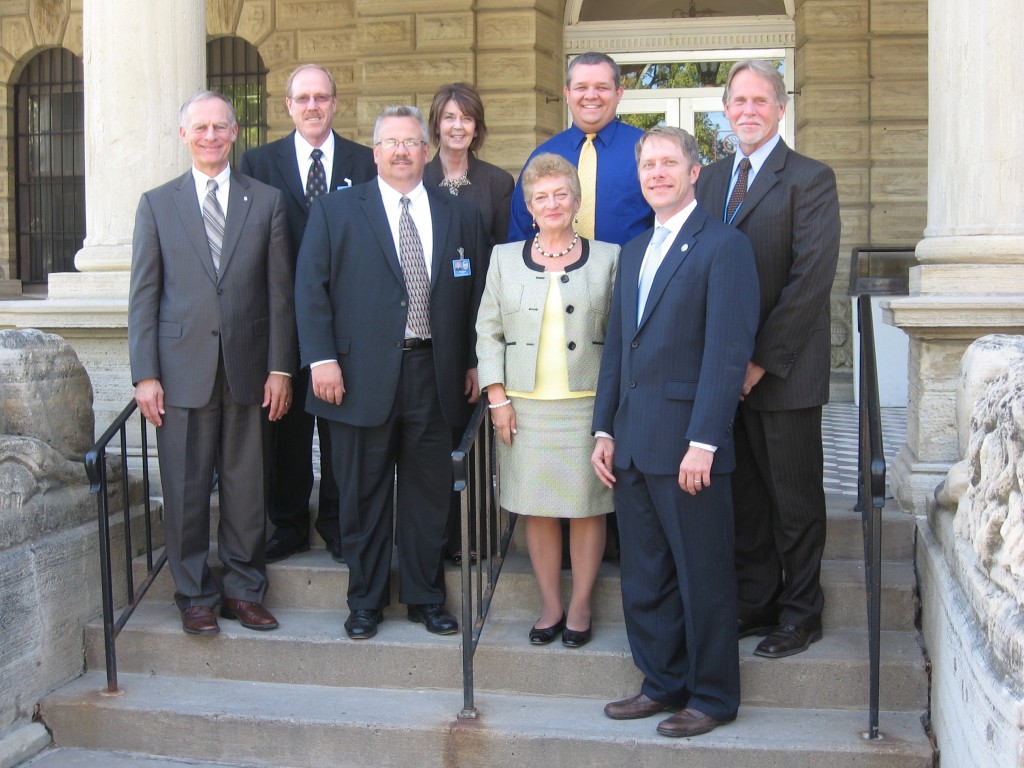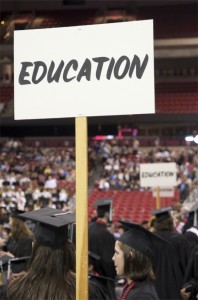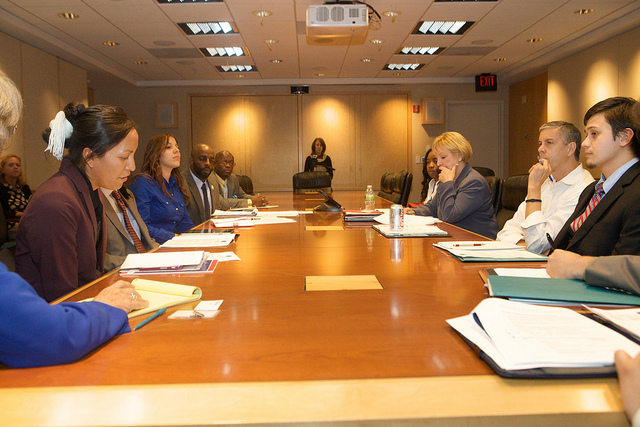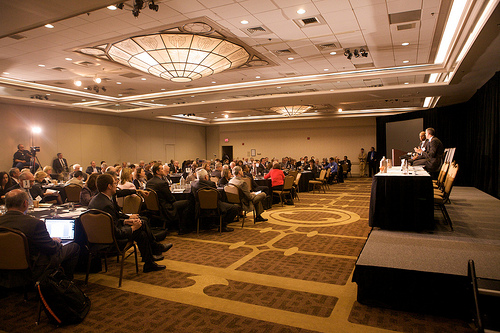Over the next few months, many students who graduated or left school in the spring of 2012 will reach the end of their grace period and start repaying their student loans. Now is a great time to brush up on the basics of student loans.
 Financial aid comes in many forms. Grants and scholarships are often called “gift aid” because they don’t have to be repaid. Another form of financial aid is work-study. Federal Work-Study provides part-time jobs for undergraduate and graduate students with financial need, allowing them to earn money to help pay education expenses.
Financial aid comes in many forms. Grants and scholarships are often called “gift aid” because they don’t have to be repaid. Another form of financial aid is work-study. Federal Work-Study provides part-time jobs for undergraduate and graduate students with financial need, allowing them to earn money to help pay education expenses.
Student loans are the other major form of financial aid. A loan is money that a student borrows and must pay back, so it is important that you understand your options and responsibilities.
Here are five things you should know about your student loans:
1. Federal vs. Private Loans
Federal loans are managed and backed by the U.S. government. These loans are designed to provide students with fair treatment. Because they offer the best terms for borrowers, federal loans are the best option for students.
Private loans are managed and backed by private banks. These banks are not subject to the same rules and regulations of federal loans, and may feature higher (or variable) interest rates, stricter repayment plans and penalties, or other terms that may make them more expensive.
You also may encounter other, less common types of loans, such as state loans (managed by your state) or institutional loans (managed by your college or university). In all cases, carefully read and understand the loan terms before deciding to accept.
2. Unsubsidized vs. Subsidized Loans
Federal loans can be either subsidized or unsubsidized. A subsidized student loan means that the government pays the interest for you while you’re in school, as long as you’re enrolled at least half time. That means that if you take out a $5,000 subsidized student loan to pay for your freshman year, and graduate in four years of full-time classes, you’ll still owe $5,000 when you graduate. Interest will only “accrue,” or be added to the repayment amount, after you stop being a student.
An unsubsidized student loan means that interest “accrues” even while you’re in school. Some federal loans and nearly all private loans are unsubsidized. You don’t always have to pay the interest while you’re a student, but the total amount you’ll need to repay is still growing. If you have an unsubsidized student loan, it’s a good idea to pay the monthly interest while in school, even if you don’t need to.
3. Loan Interest Rate
The interest rate is a percentage that determines how much your loan balance increases each year. Consider it the price that you pay for being able to borrow money from the lender. For example, if you have a $5,000 loan with a 5 percent interest rate, your annual interest will be $250 (5% x $5,000), which means at the end of the year you will owe $5,250.
4. Loan Length of Repayment
When you start repaying a loan, you have a set amount of time to repay your loan known as the length of repayment. A longer length of repayment means a lower monthly payment, but it also means a higher total amount repaid over the life of the loan.
Federal loans typically follow a ten-year repayment plan schedule, but depending on the type of repayment plan, your length of repayment could last as long as thirty years. One key benefit of Federal loans is the ability of the borrower to switch repayment plans without penalty. If you find a given repayment plan too difficult, research your options regarding extended repayment plans to determine if one is right for you.
5. Monthly Loan Payments
The principal, interest rate, and length of repayment of a loan determine your monthly loan payment. This is the amount you’ll need to pay each month. Each loan has a separate monthly loan payment, so if you have more than one loan, you will have to pay several loan payments each month. If you prefer to have a single loan payment, you should consider researching the Federal Loan Consolidation program to see if it’s right for you.
You may find that the monthly loan payments are too high and that you cannot pay them all. If this occurs, seek help. Research options such as income-based repayment, the public service loan forgiveness program, loan deferment, or loan forbearance to determine if one is right for you. Remember, however, that options designed to decrease your monthly loan payments may increase the total amount you have to repay over the life of the loan.
Loans have many different characteristics, but they don’t have to be confusing. Always carefully read and understand a loan’s features before accepting it. Your loan servicer or financial aid counselor can be great resource if you need help understanding the terms of a loan. Additionally, The Department of Education offers a number of tools, such as our repayment calculators and the Financial Awareness Counseling Tool (FACT), to help you research your options. By educating yourself, you will be prepared to make the best decisions for your own future.
 Your student loan grace period is a set amount of time after you graduate, leave school, or drop below half-time enrollment, but before you must begin repayment on your loan. The grace period gives you time to get financially settled and to select your repayment plan. Not all federal student loans have a grace period. Note that for many loans, interest will accrue during your grace period.
Your student loan grace period is a set amount of time after you graduate, leave school, or drop below half-time enrollment, but before you must begin repayment on your loan. The grace period gives you time to get financially settled and to select your repayment plan. Not all federal student loans have a grace period. Note that for many loans, interest will accrue during your grace period.
